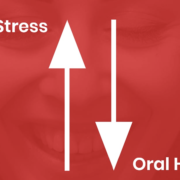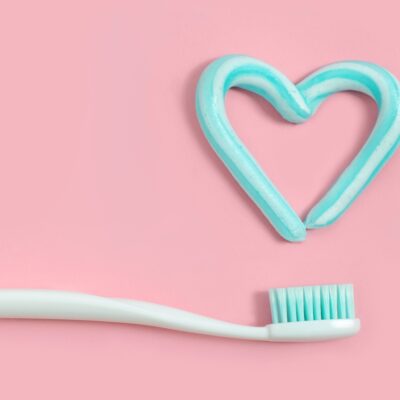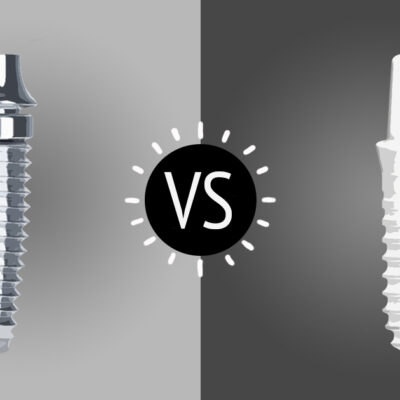Tooth decay, also known as dental caries, is a type of infection that commonly affects your teeth. If you don’t take care of your teeth and gums on a regular basis, you might develop cavities. These painful little infections occur when bacteria in your mouth have the perfect conditions to thrive: sugars from food breakdown and saliva combine to create the perfect breeding ground for bacteria. Tooth decay can be either primary or secondary. In primary dentin caries, or root caries as it is also known. It begins when the spaces between the roots of your teeth become over-filled with minerals. Secondary dentin caries develops when there is already some degree of that present somewhere else in the tooth.
What are the signs of tooth decay?
For most people, the first sign of it. It typically starts as a tiny crack or chip in the tooth, which bacteria can enter and cause a cavity. This can get increasingly worse over time, and can lead to pain and other problems, like tooth loss. If left untreated, It can spread to the surrounding gum tissue, creating an infection.
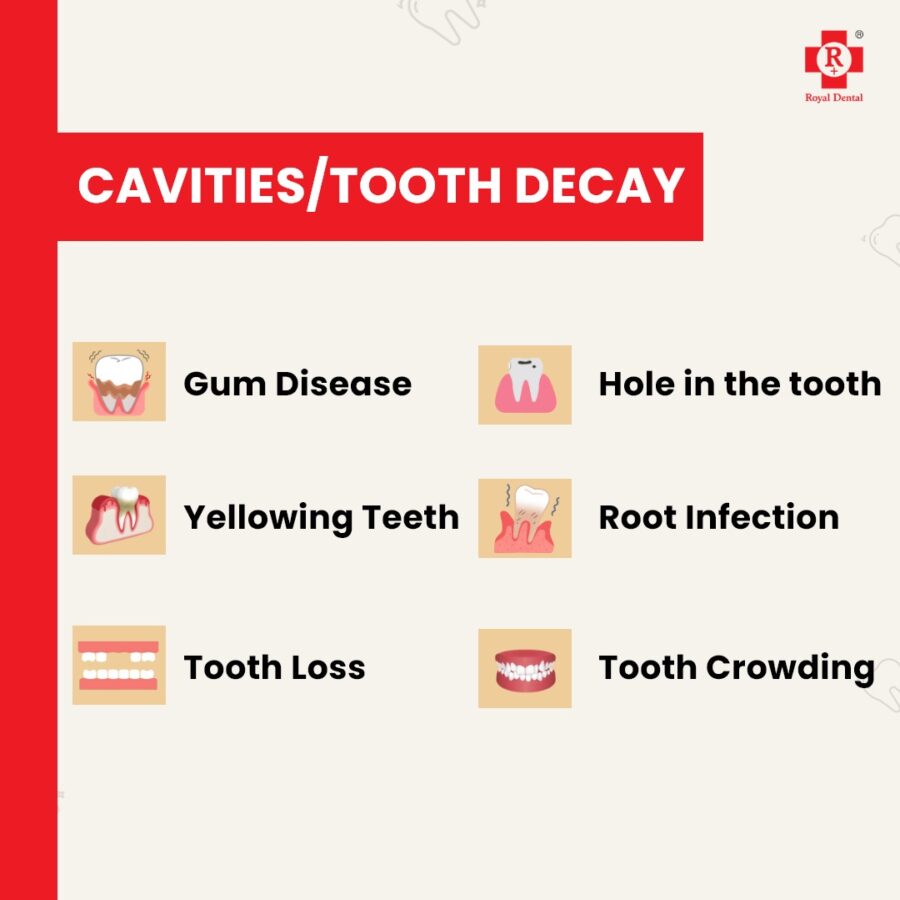
If bacteria spreads to the blood stream, it can be fatal. Cavities can also cause your teeth to become discolored, and greatly affect your smile. Decay is also painful. You might notice tingling or a sharp pain when you eat something sugary, like ice cream or candy. If the decay gets worse and spreads to the nerves in your teeth, you’ll be feeling pain all the time.
What causes tooth decay?
Tooth decay is caused by bacteria that feed on sugars in your diet. Those sugars are left on your teeth after brushing, and the bacteria produce acids that attack the enamel of your teeth, causing a cavity to form. Cavities are caused by bacteria that thrive on the sugars in food and drink. The bacteria produce acids that attack the enamel on your teeth until they get through and into the softer, more sensitive layer beneath.
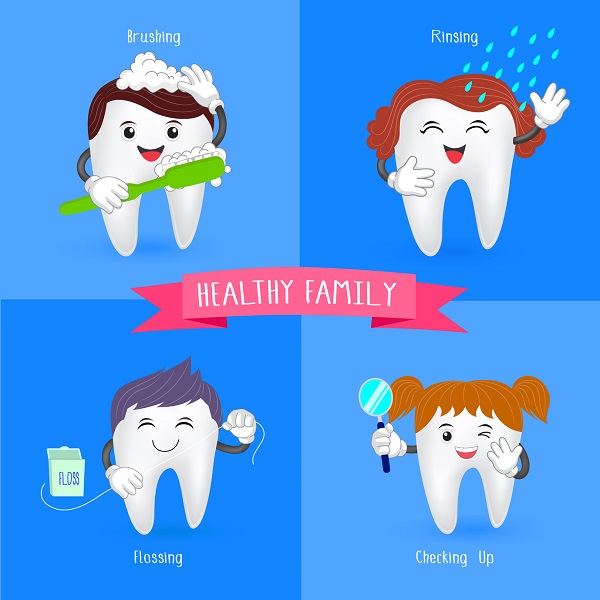
Once there, they continue to eat away at the tooth’s softer inner core (dentin) until a hole is formed. To prevent tooth decay, it’s important to remove plaque, a sticky substance that forms on teeth when bacteria feed on sugars in food and drink. Regular brushing and flossing can help remove plaque from teeth, but it’s important to remember to replace your toothbrush every three months to remove plaque from teeth and avoid tooth decay.
How to prevent tooth decay?
Brushing your teeths twice daily – in the morning and before bed – and flossing once a day, will help prevent and control. If you have a particularly high risk, try to brush your teeth after every meal to help reduce the risk of tooth decay.
While eating a healthy, balanced diet rich in fresh fruit and vegetables will improve your overall oral health, it’s important to remember that certain foods are high in sugar, which encourages bacteria to grow and cause tooth decay. To prevent tooth decay, it’s important to reduce the amount of sugary foods in your diet, such as soda, sweets, and cake. Drinking lots of water and limiting intake of sugary beverages and alcohol is also important for preventing tooth decay.
How to detect and treat cavities?
If you regularly brush, floss, and use mouthwash, you might not have any signs of tooth decay for years. That doesn’t mean you’re not at risk for cavities, though. It just means that your body is fighting off the bacteria and preventing the decay from progressing. Once you do see signs of tooth decay, it’s important to get treatment, so the decay doesn’t worsen. If left untreated, tooth decay can cause toothache, tooth abscess, or even tooth loss.
The best way to detect and treat cavities is to visit a dentist regularly. A dentist will use a visual and tactile inspection, as well as X-rays, to identify the presence of tooth decay and determine the treatment required. Treatment options vary depending on the extent, but may include cleaning, removal of the decayed tooth structure, filling the resulting hole with a dental filling material, and applying a barrier against further decay.
Video conclusion
If you’re tired of dealing with a toothache or cavities, there are plenty of things you can do to prevent tooths decay. Start by drinking less sugary beverages and eat more fresh fruit and vegetables. You can also reduce the amount of bacteria in your mouth by brushing and flossing more frequently. If you have a high risk of tooth decay, it might be a good idea to visit the dentist once a month to get your teeths cleaned.



